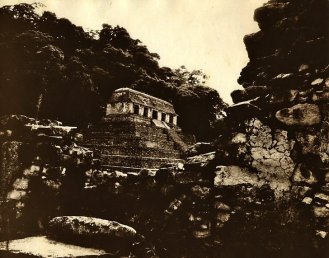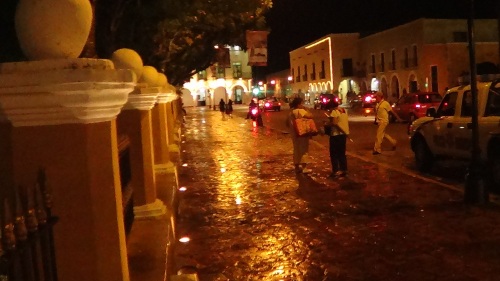i told you i would melt
“We must never allow the future to collapse under the burden of memory.”
~Milan Kundera
By the end of our trip, all of my nights ended tequila drunk and a thousand feet deep in a philosophical shit‐shooting session. It makes sense. You cannot talk about tourism for long before you have to start laying down some serious theoretical definitions.
I don’t think tourism can be fixed within its own terms, because tourism is rooted in bad faith. It must go. What are we touring other than power and control? In practice, to “be a tourist” is to surrender one’s agency. After about a week in the Yucatan, I started to feel extremely hostile and restless, like I couldn’t breathe. I was losing interest in the sites and I strayed from the group as much as possible, just to look at something no one told me to look at. I didn’t understand what my problem was, because wanderlust runs through my veins. I travel whenever the opportunity presents itself, because travelling has always made me feel so free. I wasn’t feeling free. I was feeling like a puppet… Then I realized that I had traveled before, but I had never been a tourist. I had never been on a trip with a tour guide. A tour guide, however well meaning, defines the group against their surroundings and constantly directs their gaze. The experience is mediated and implicitly ineffectual. I had been existing vicariously through a guide. But once I grasped that underlying conceptual framework of tourism, I regained my agency. I had the freedom to choose how I would operate within the situation. So, tourism is crippling by design… and I don’t know how to demolish such a powerful industry. But it seems that tour guides are the symbolic prophets of tourism, so maybe the model could at least be decentralized.
I know I have criticized the tour guide model a lot, but I just want to clarify that I don’t think tour guides themselves are dehumanizing or evil people… and the same for tourists. Getting to know our tour guide, Miguel, was one of the best parts of this trip. He understands people so well. When I would get lost in my head thinking about all those ideas up there^, he would always notice and tell me to stop worrying. He taught me so much, really. So much. Namaste & gracias mille, Miguel!
Other thoughts lingering from the trip~
1. Sometimes you wake up to a viper by your hammock and that’s ok.
2. I keep collecting clues even though I still don’t know the mystery.
3. There is nothing we can learn from hatred.
4. yolo
5. When you tell someone you don’t believe in the self, be prepared to eat your words.
6. My childhood wish came true— to see the flamingos take flight


 Cancun Information
Cancun Information This
This 





















